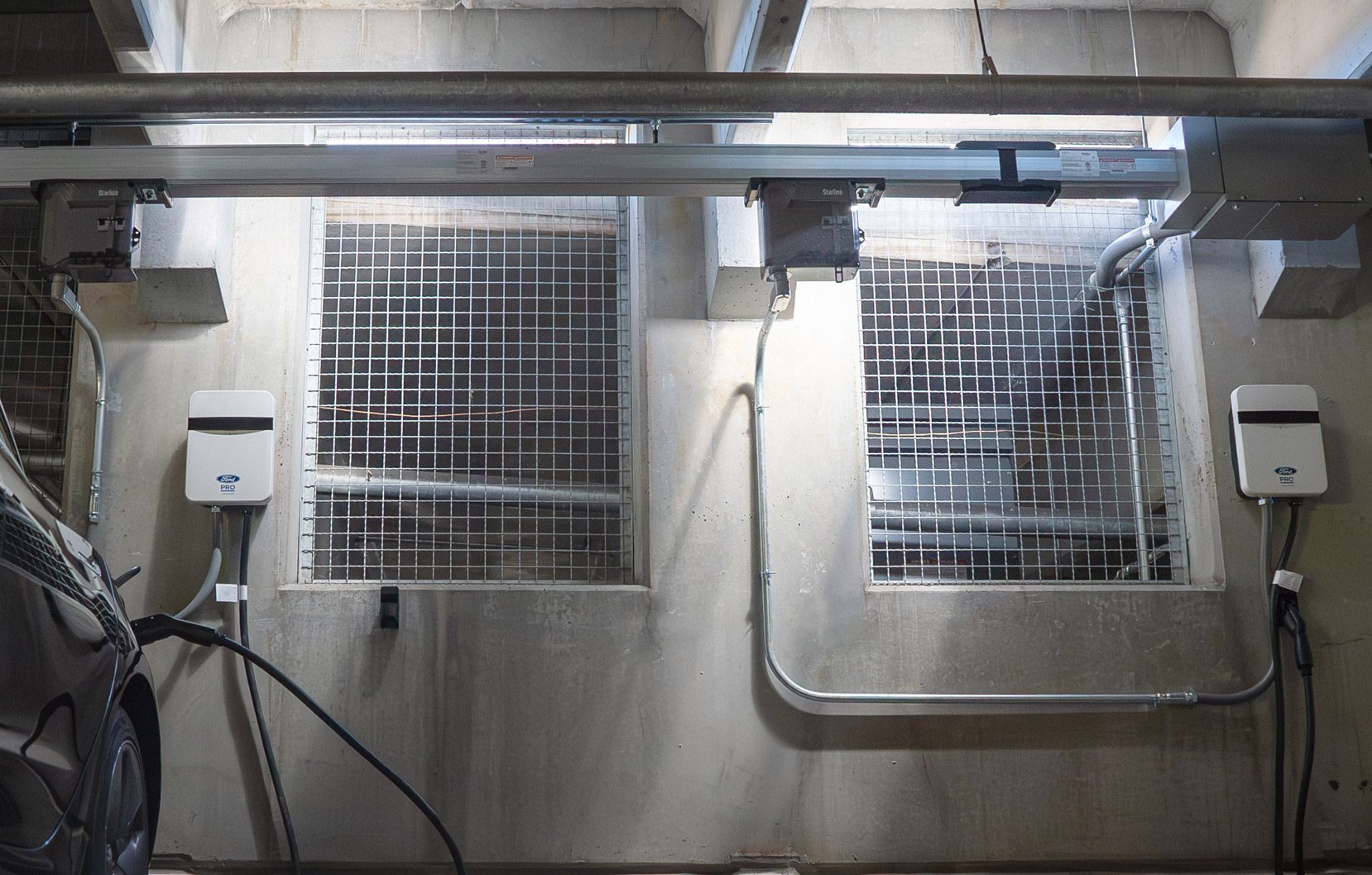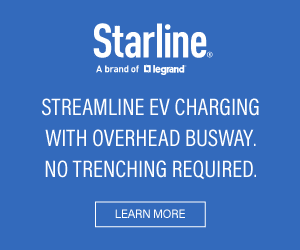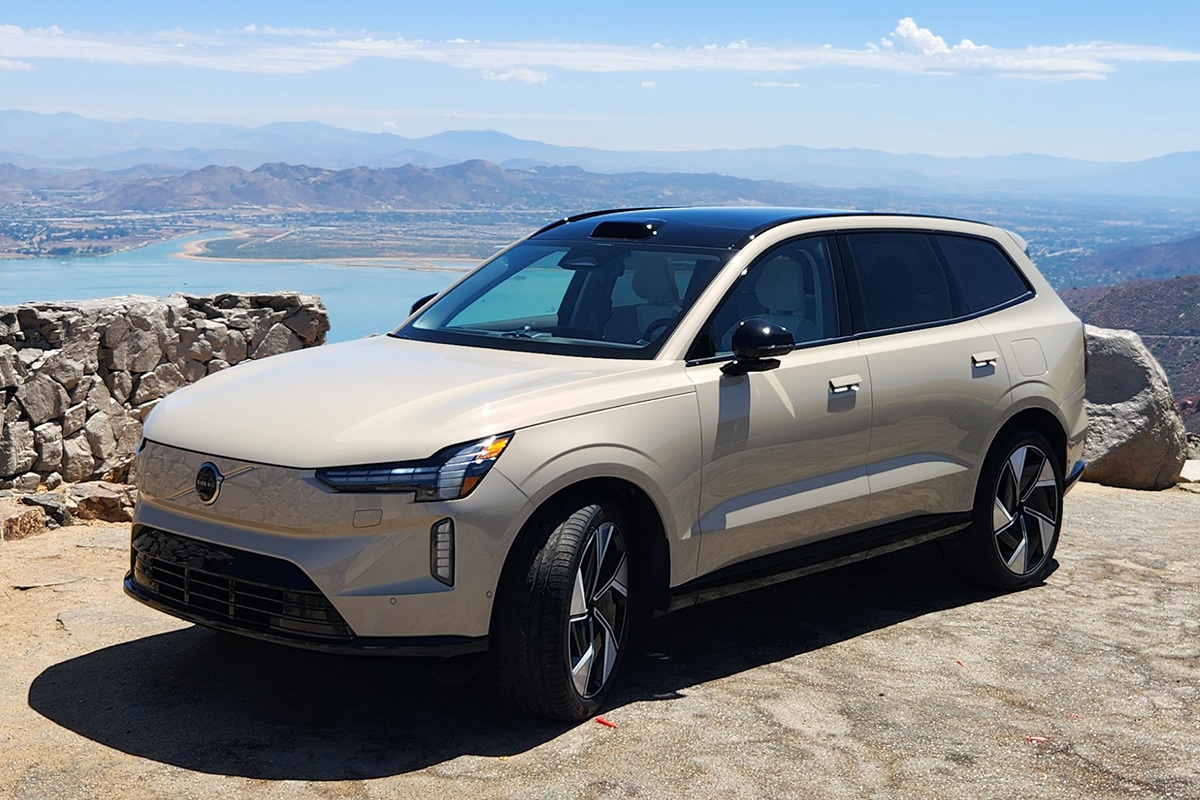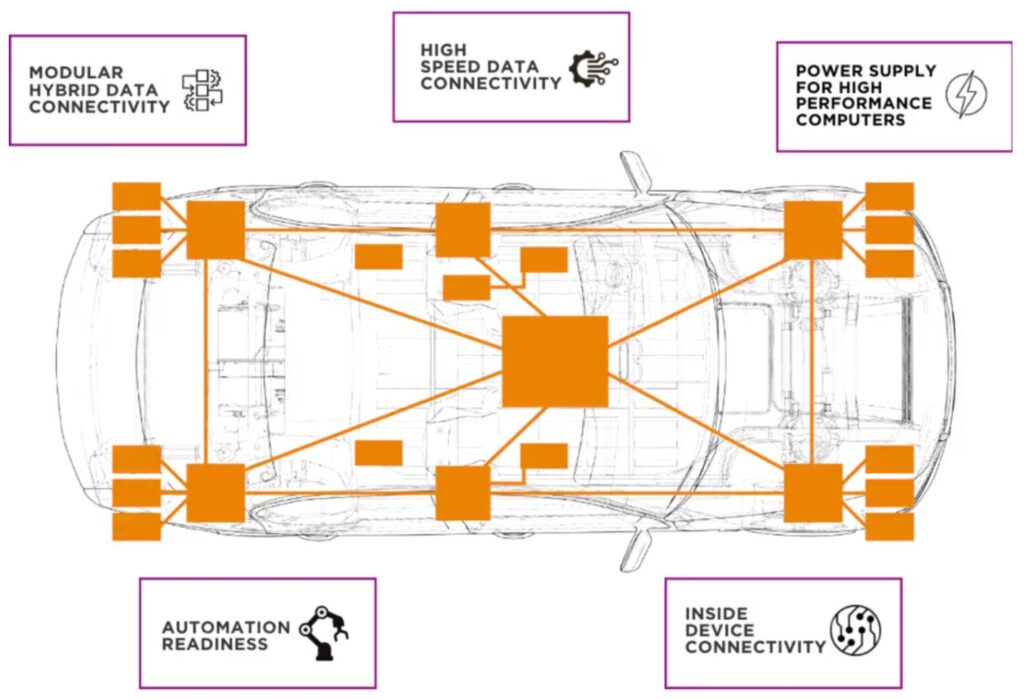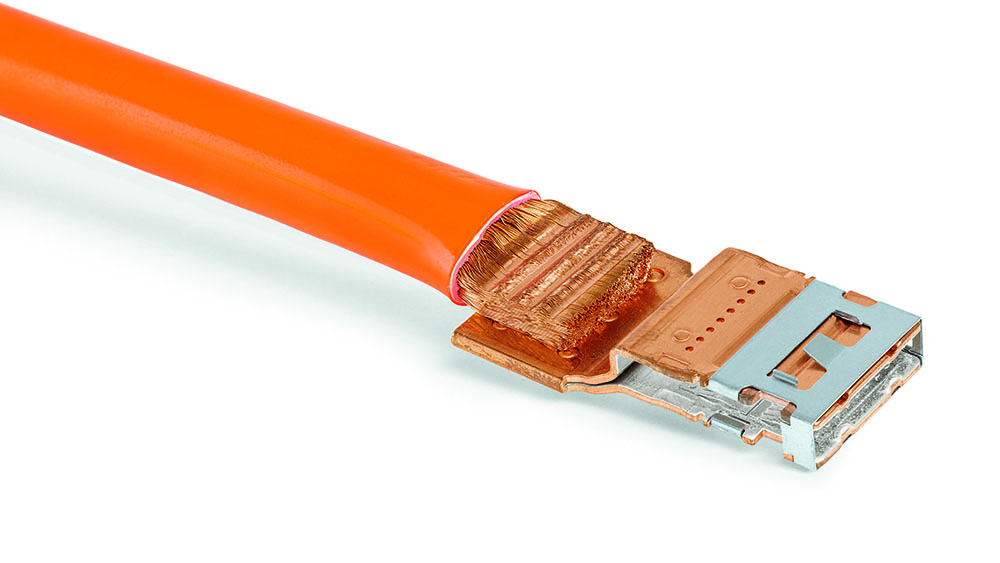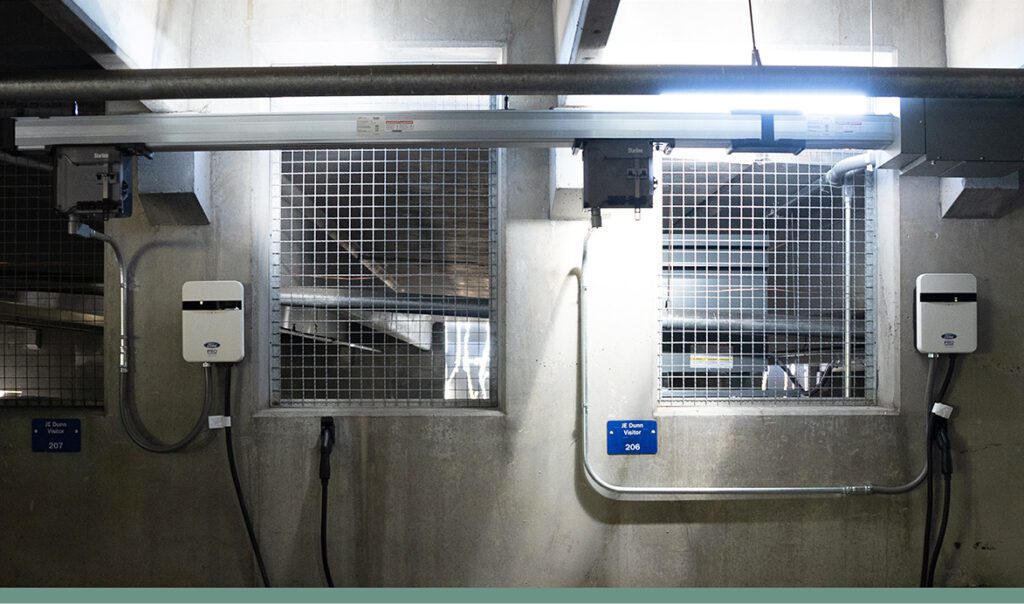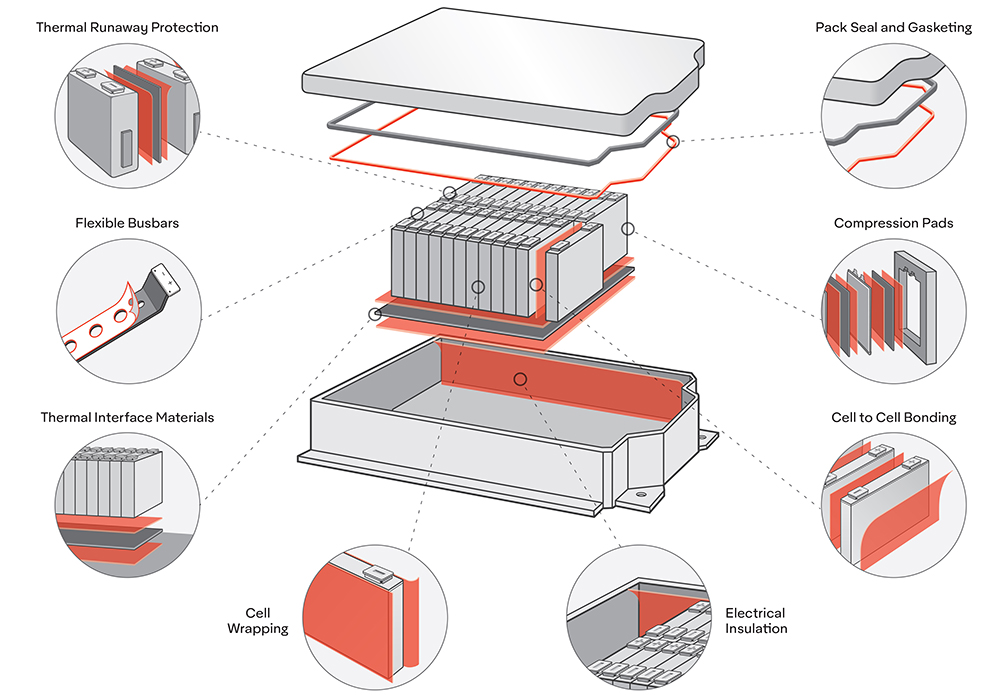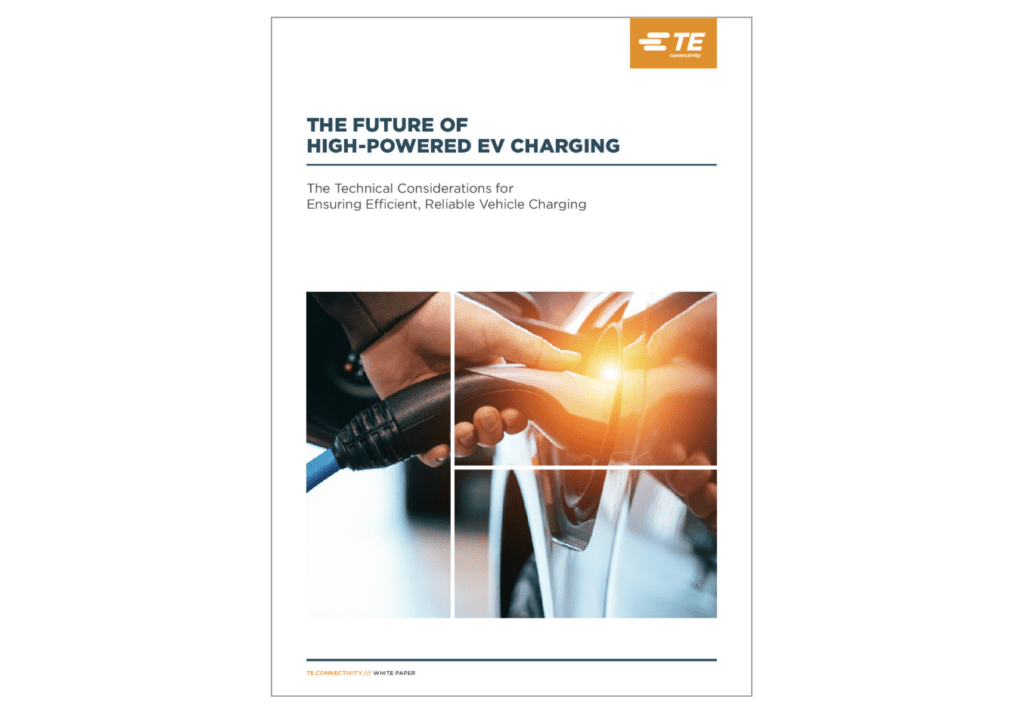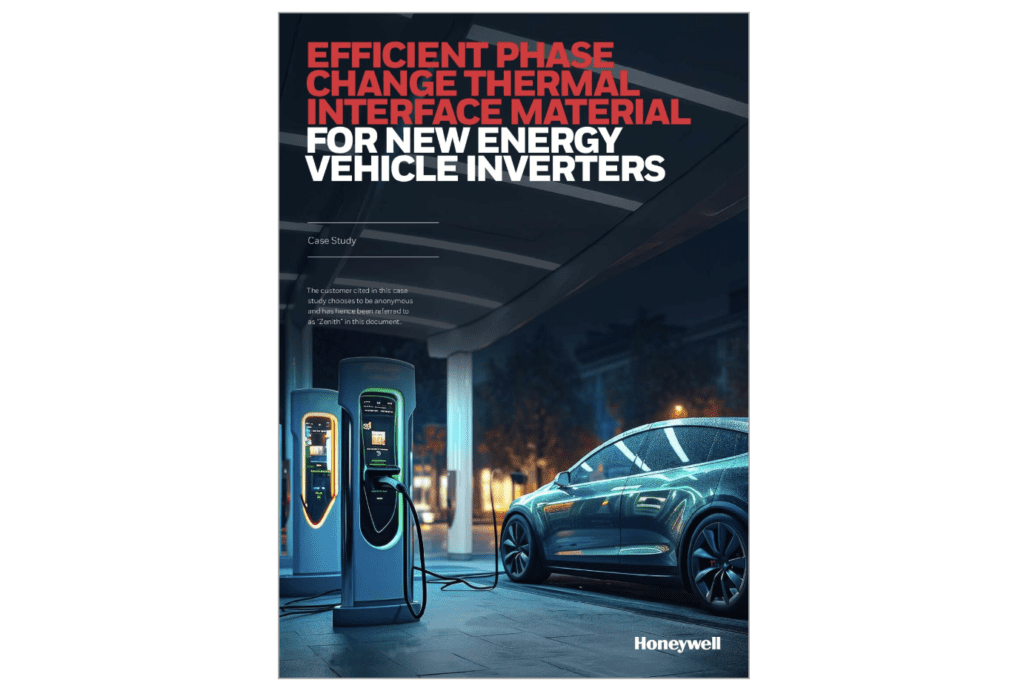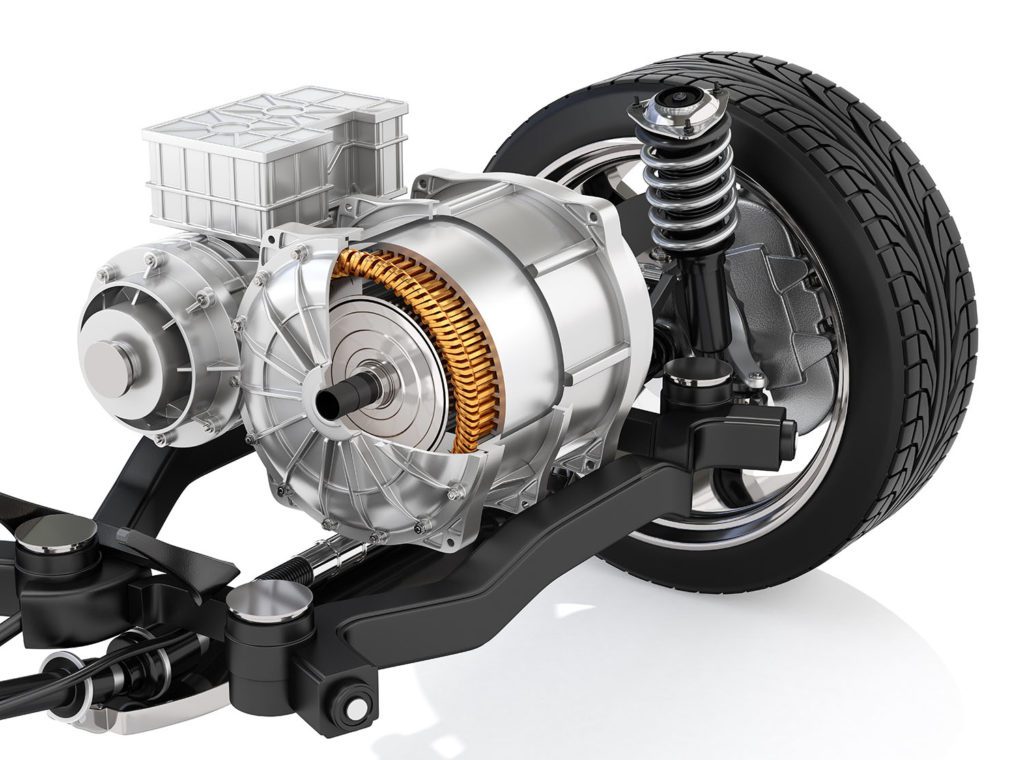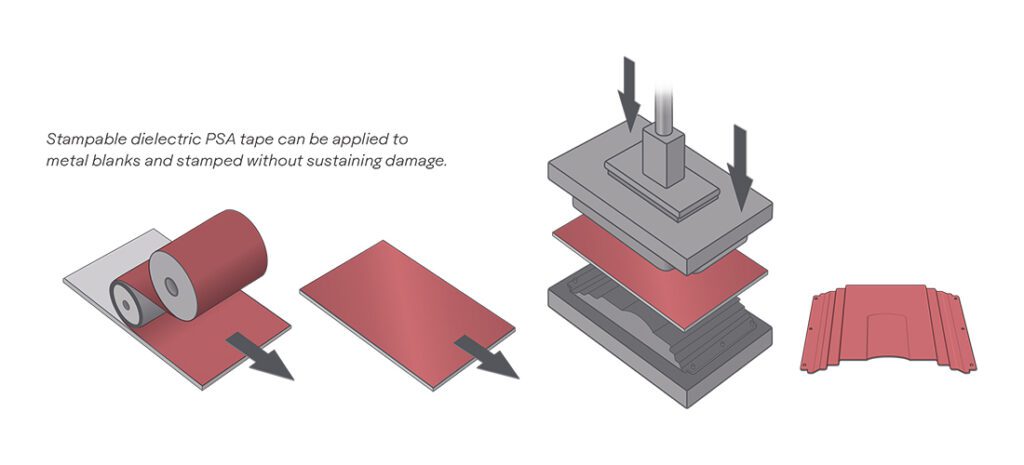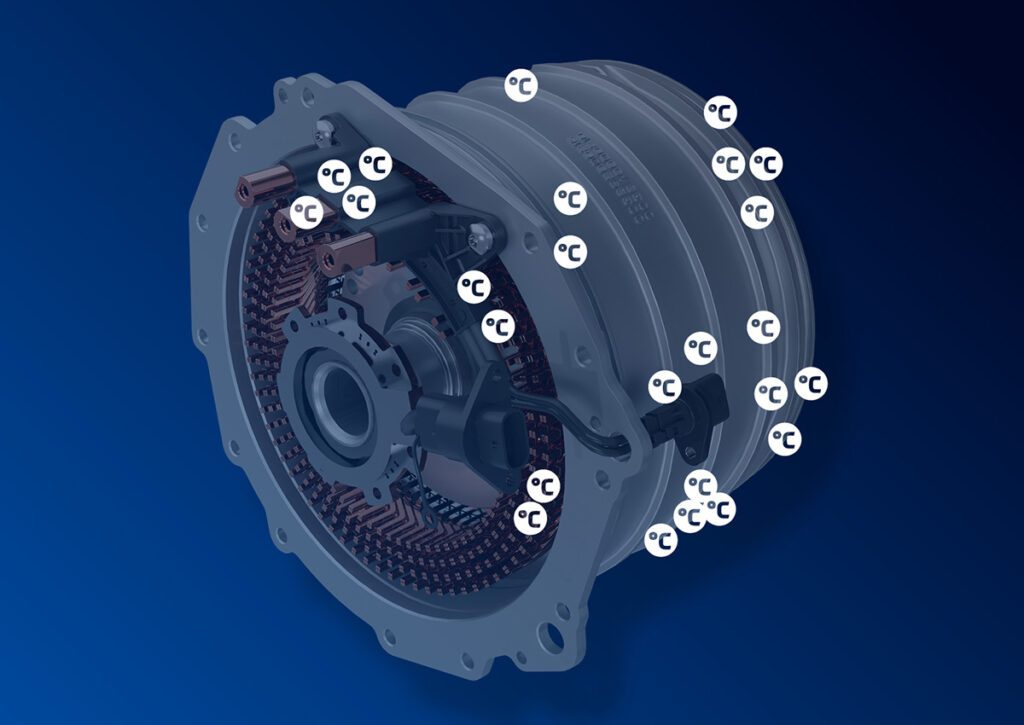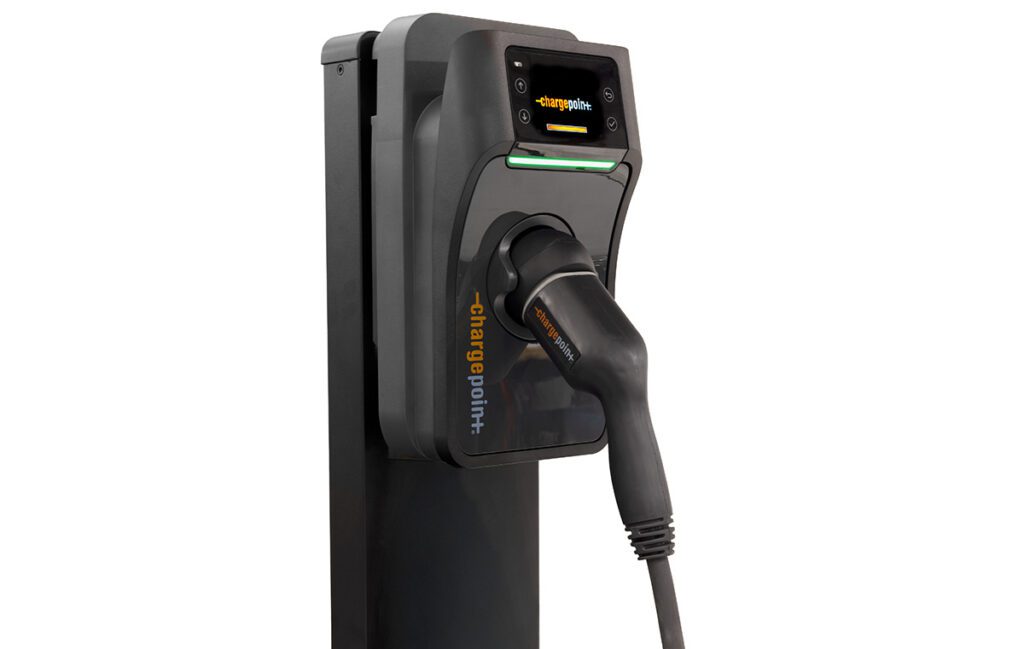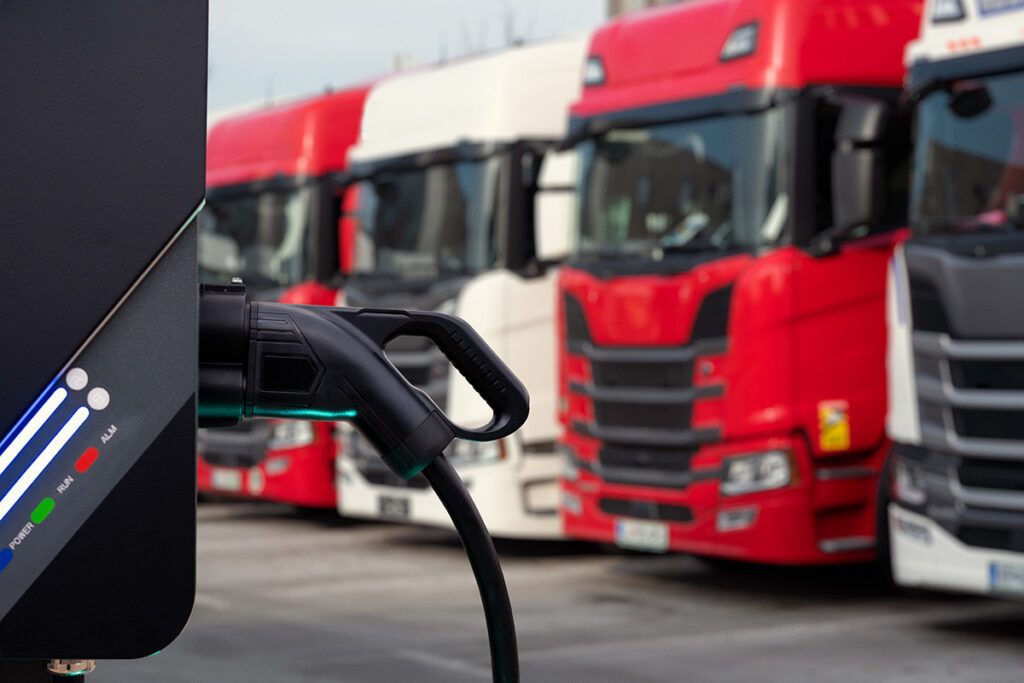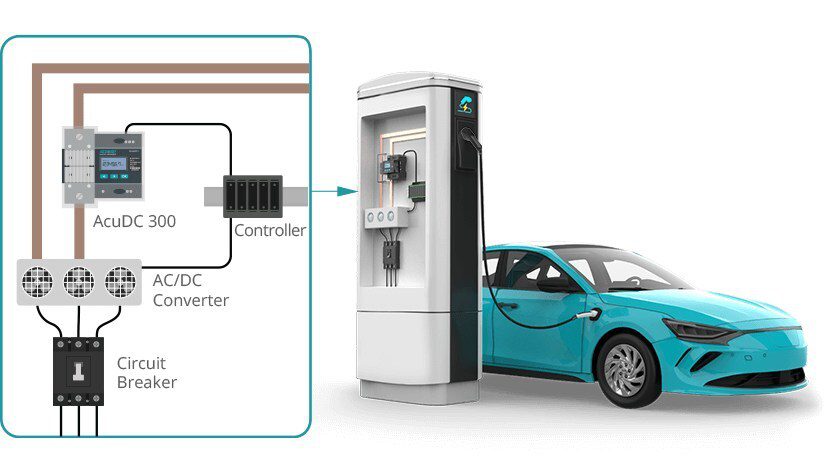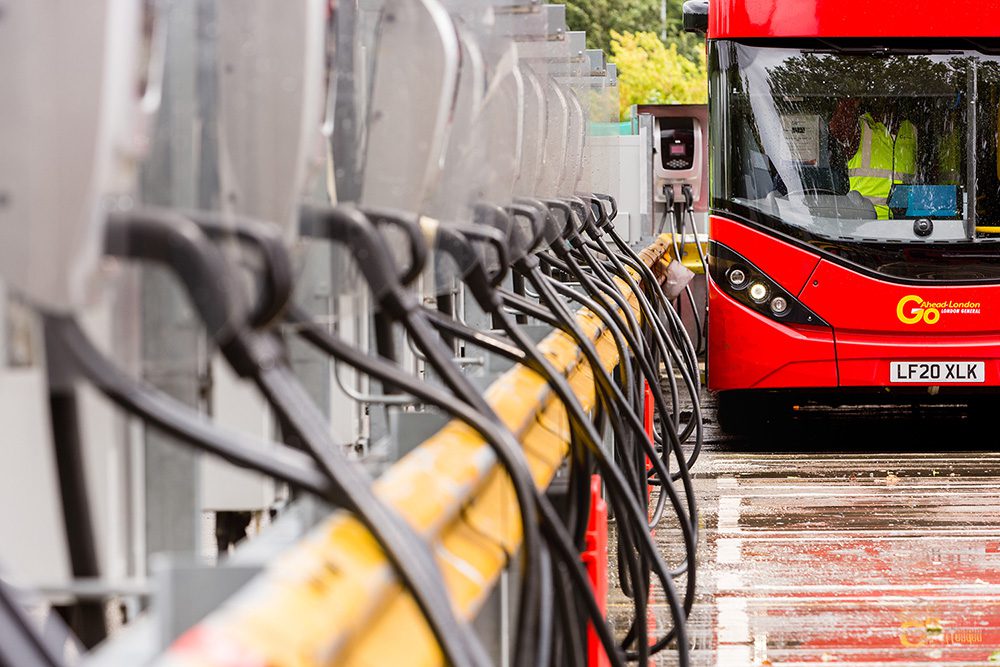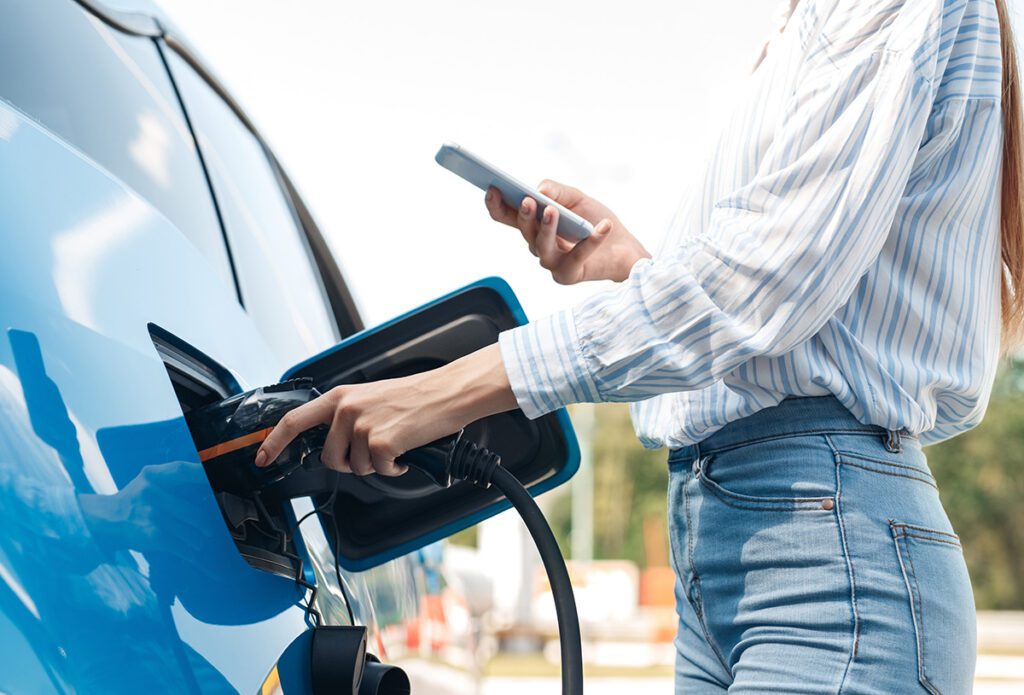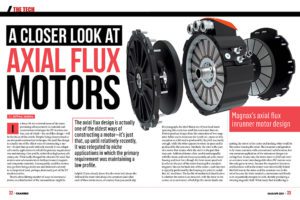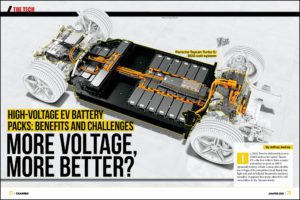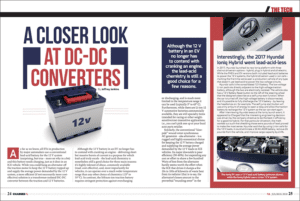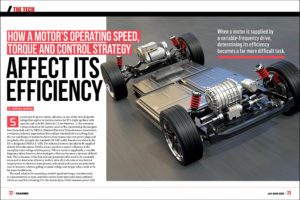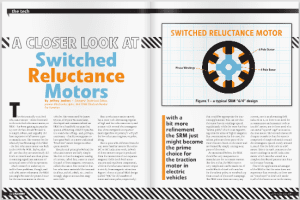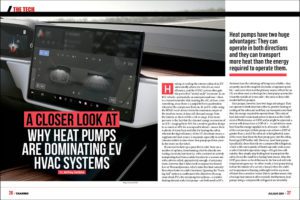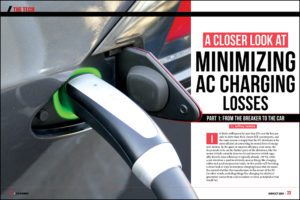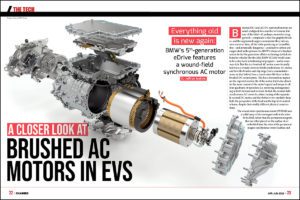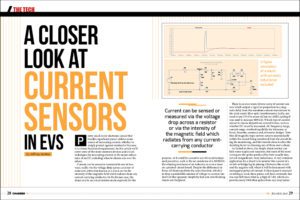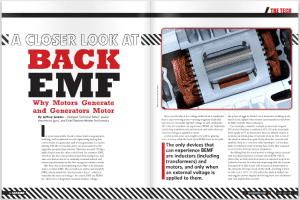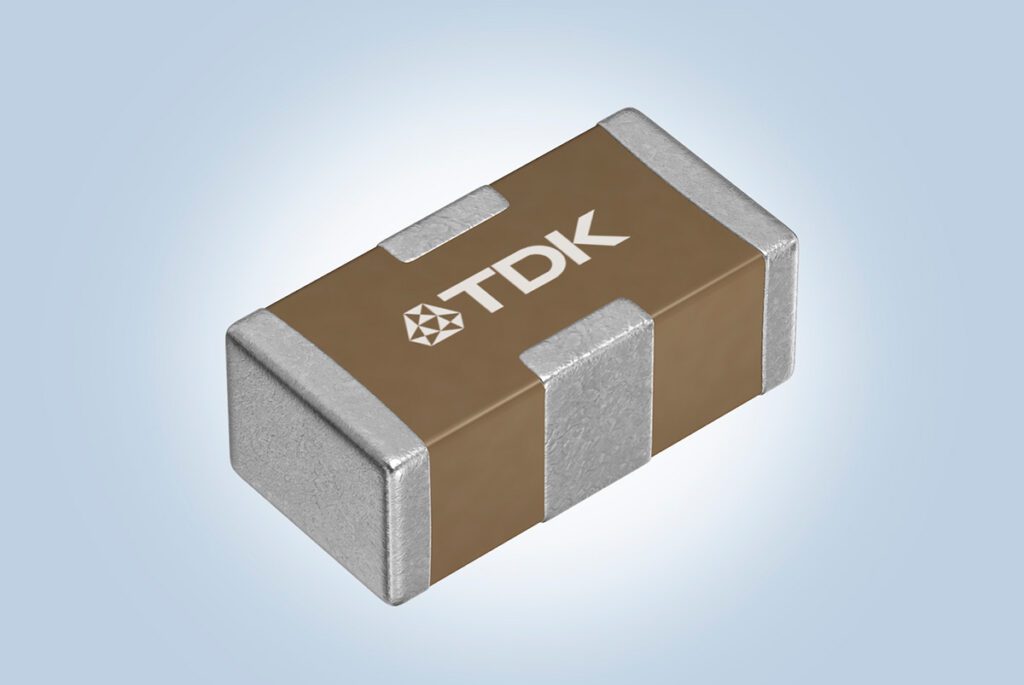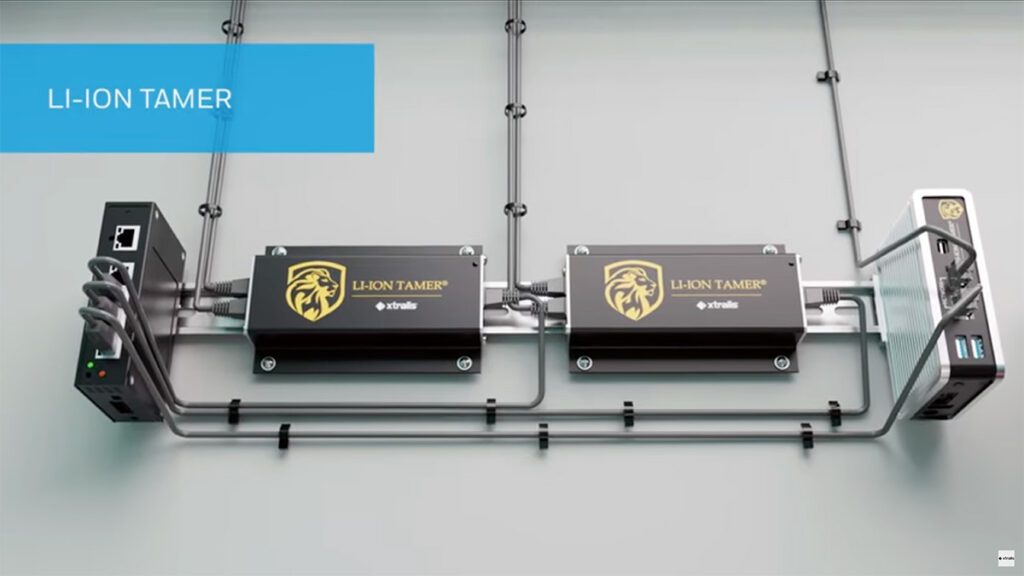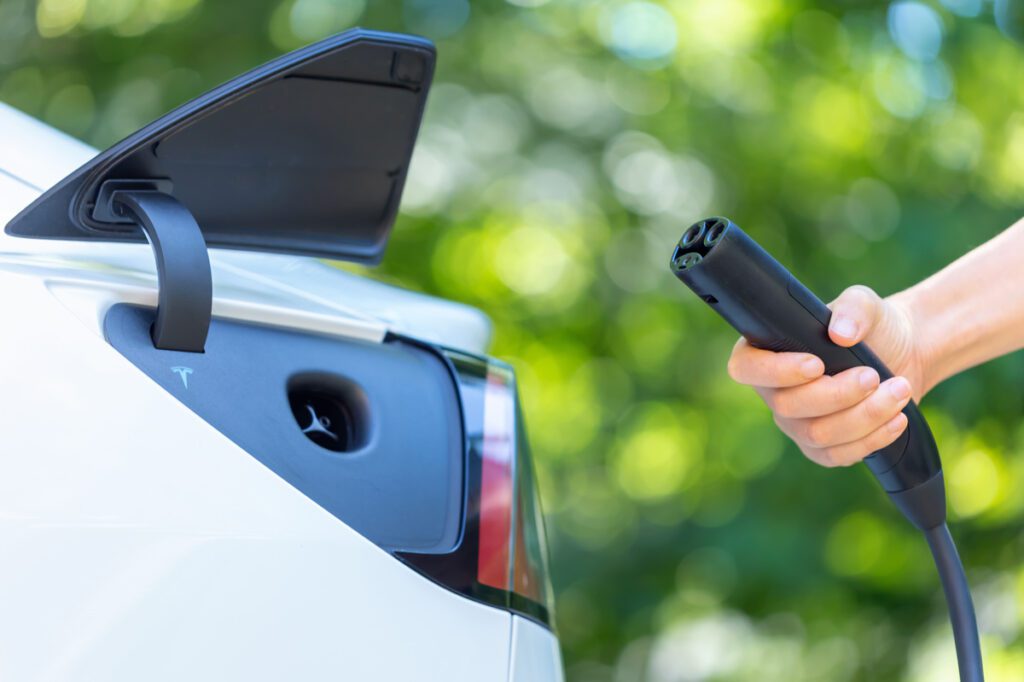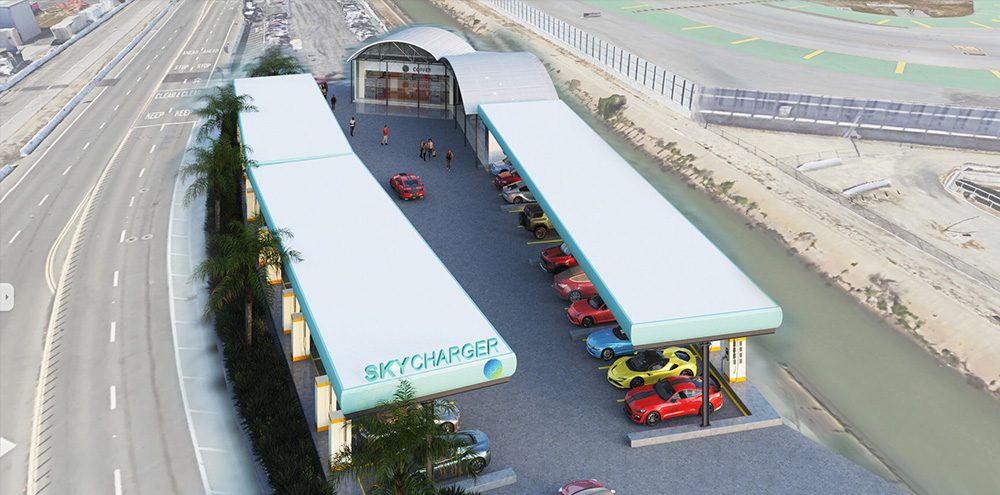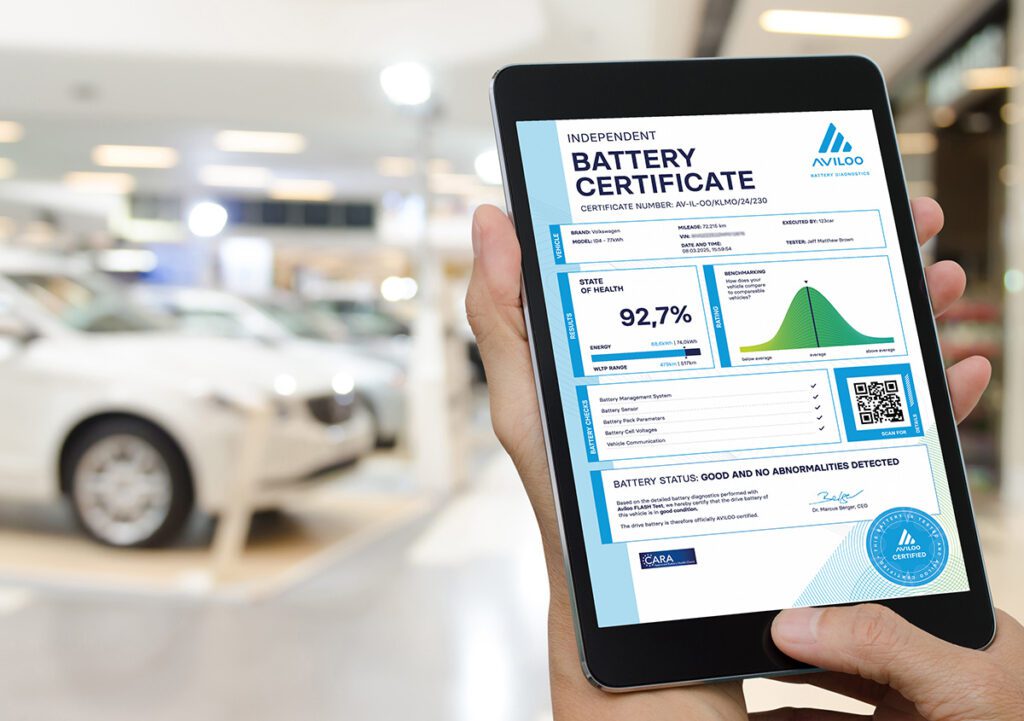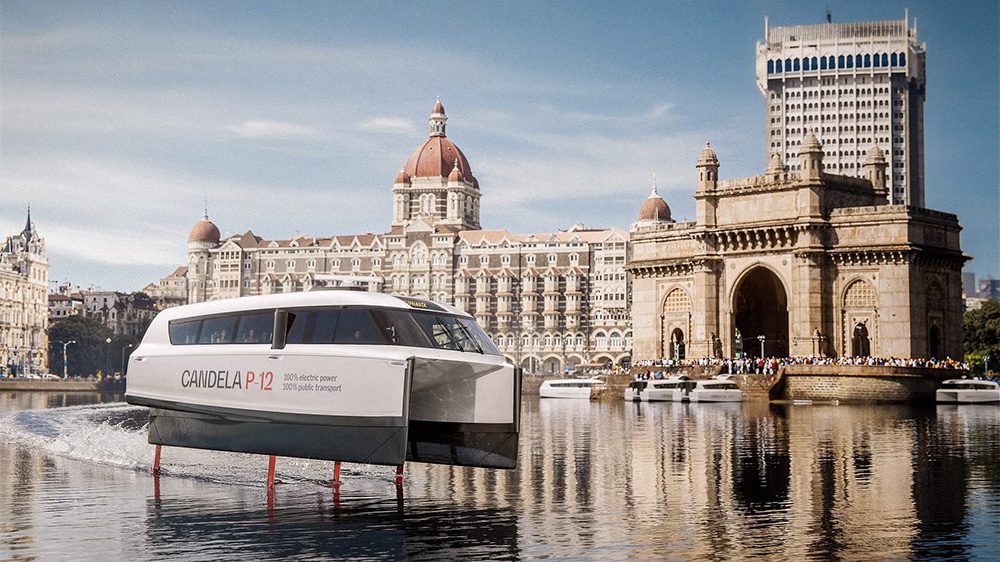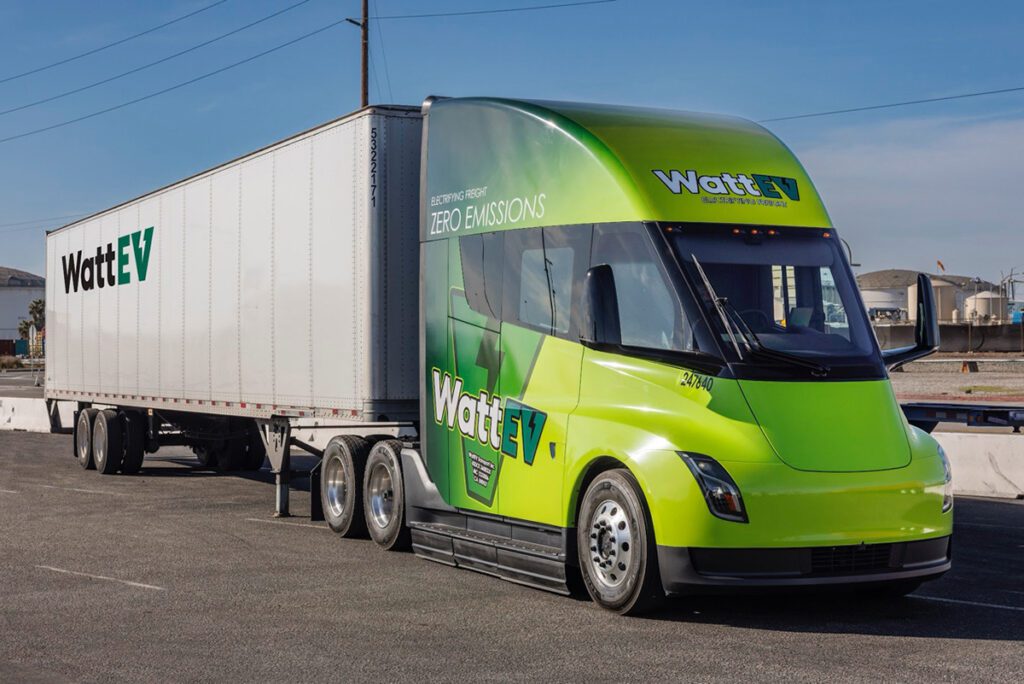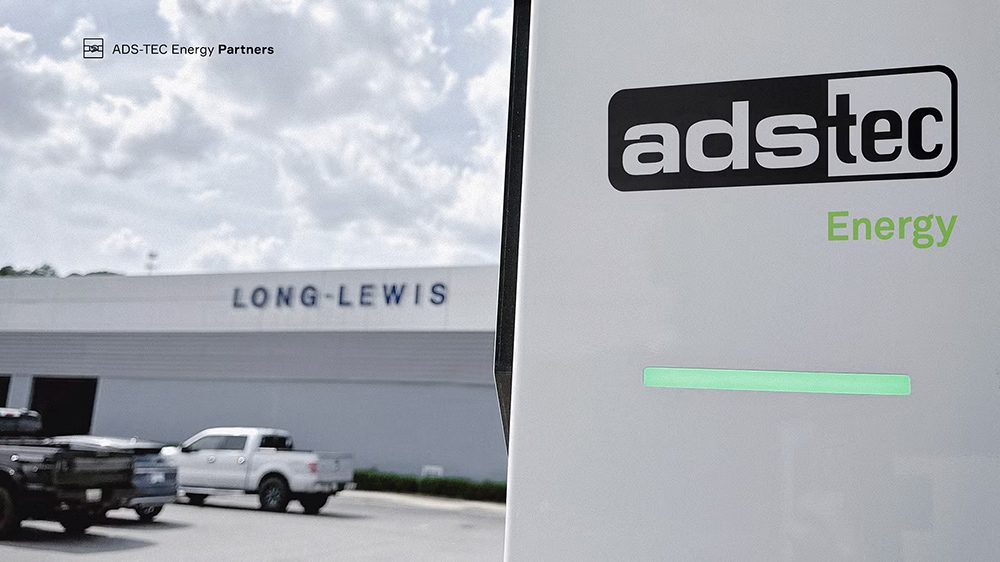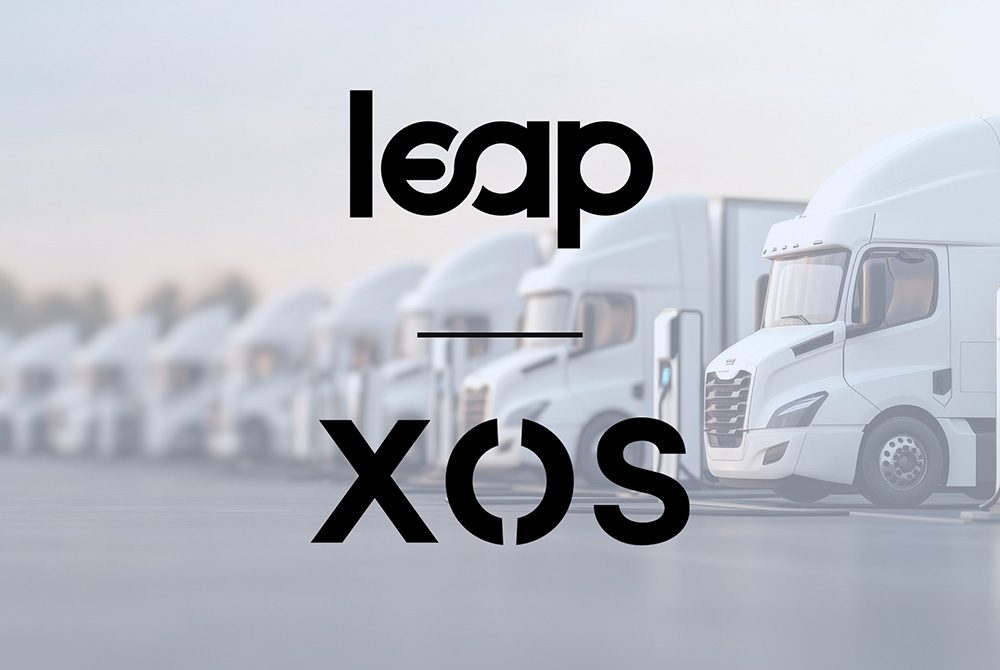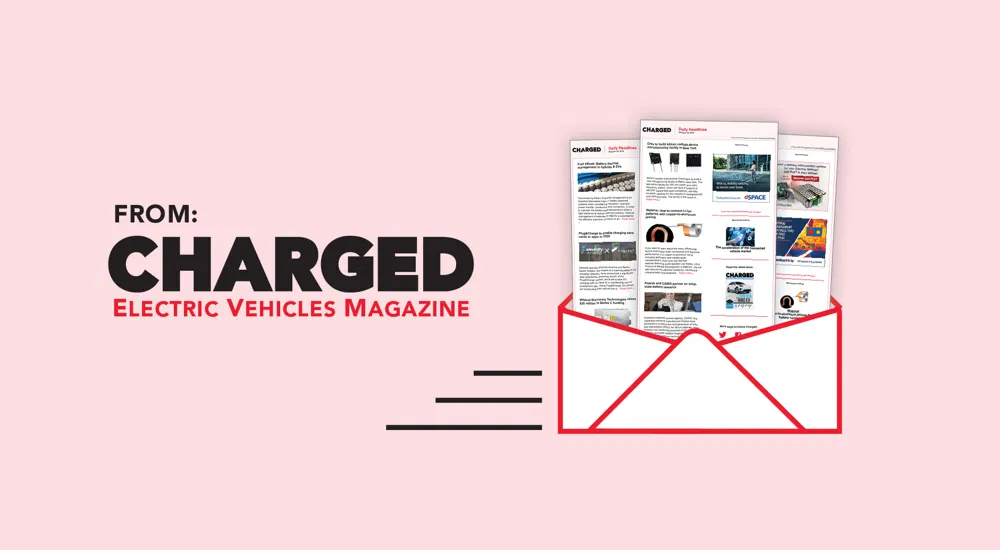The 2025 Volvo EX90 three-row electric SUV has been a long time coming. First unveiled in Sweden back in November 2022, its production at a new plant in Charleston, South Carolina, was delayed for many months to resolve software issues. The EX90 entered production there in June 2024 for North American and European markets. (The same plant also builds the sleeker Polestar 3 SUV, with which the EX90 shares underpinnings—that model went into production a couple of months later.)
Now on sale at Volvo dealers, the EX90 is Volvo’s battery-electric flagship, at the high end of the range that’s anchored at its low end by the EX30 subcompact crossover. That EV too has been delayed in its launch, though Volvo has imported a small number of the cars from China to satisfy its earliest reservation holders before production for North American markets starts in Belgium in mid-2025.
We drove a very early production EX90 for most of a day in late summer in and around Newport Coast, California. The temperate weather and an affluent suburb in the most EV-friendly state in the US offered the perfect backdrop for Volvo’s new flagship.
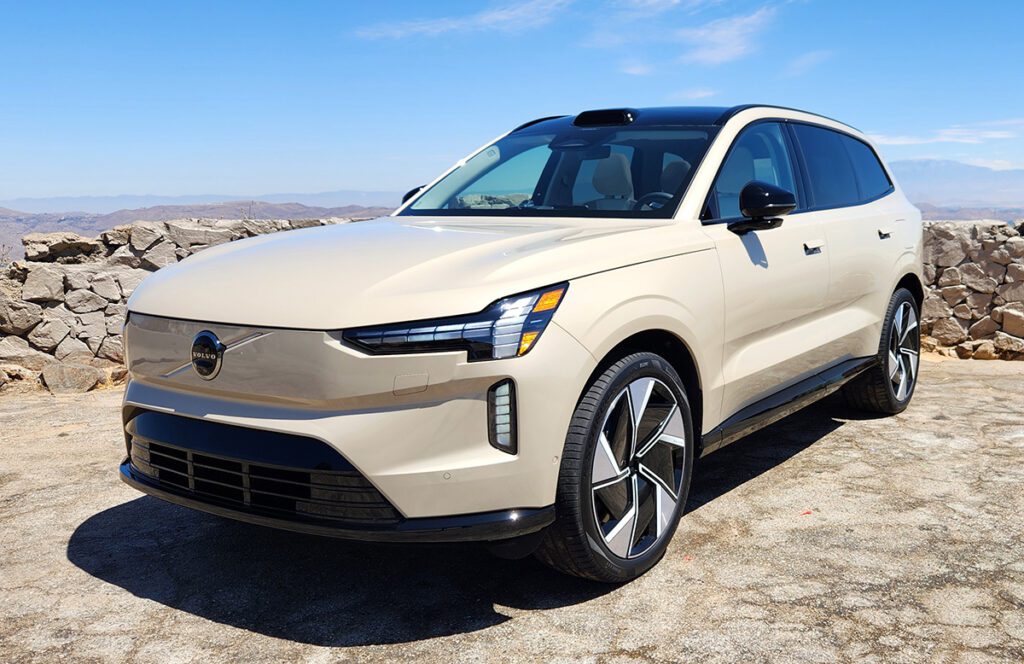
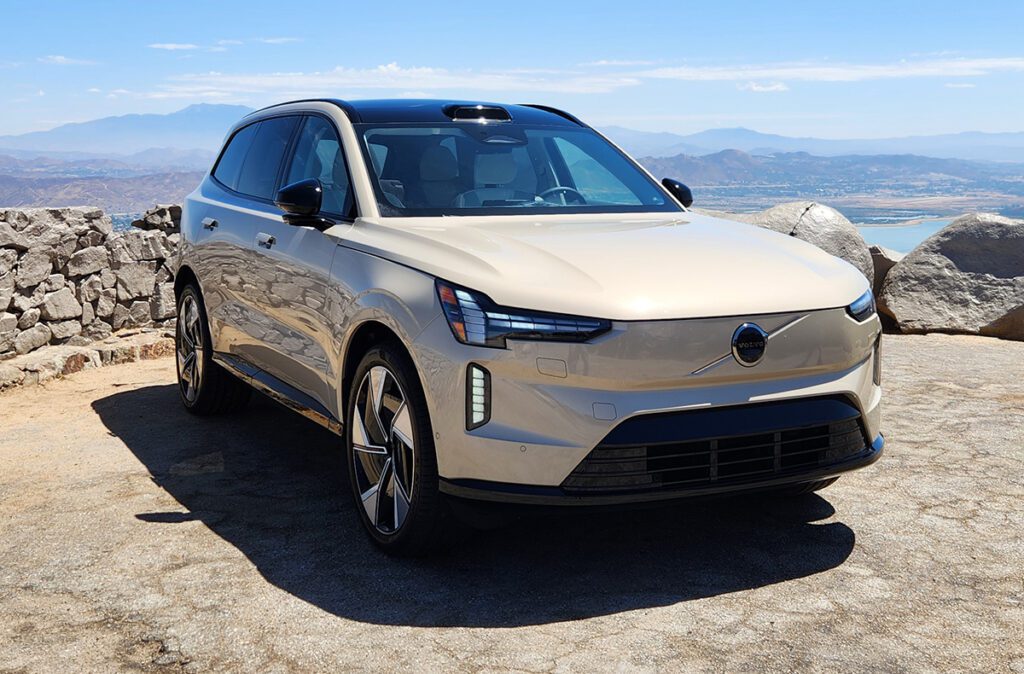

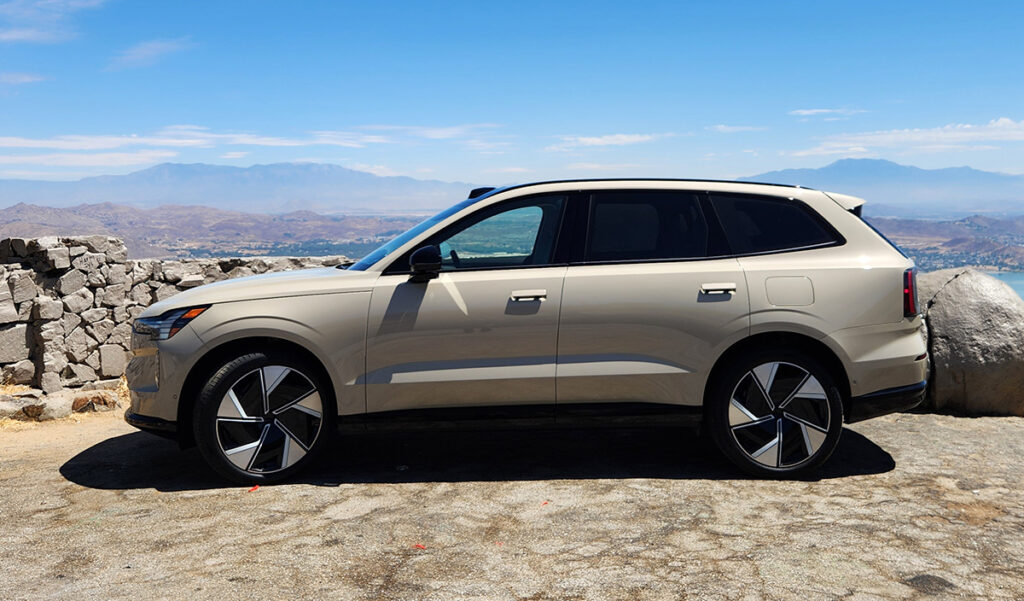
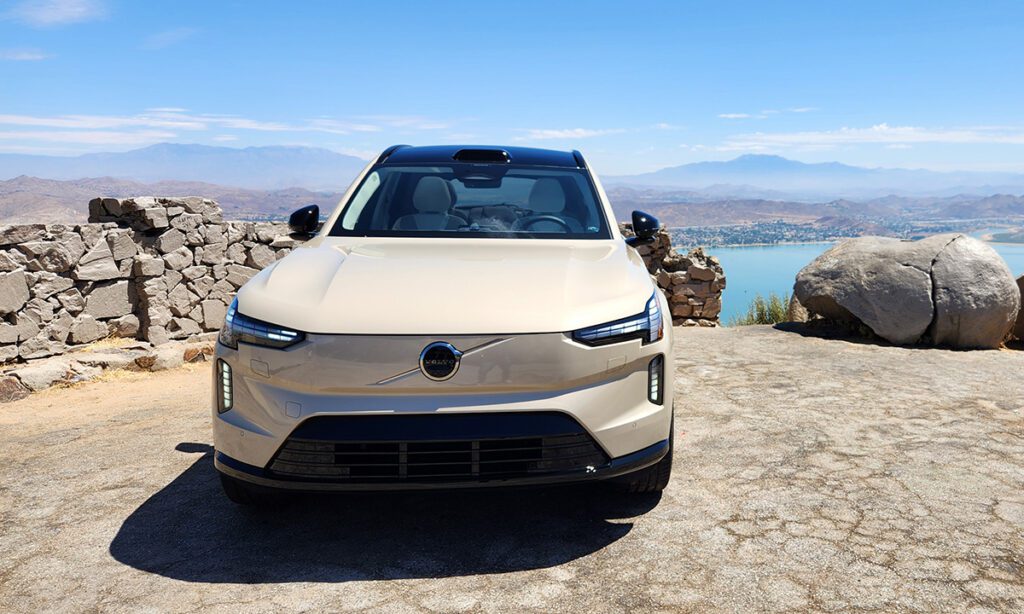
Photos by John Voelcker.
Clearly a Volvo design
You’re unlikely to see the EX90 and identify it as anything other than a Volvo. The big electric SUV updates the classic shape and proportions of the gasoline XC90, while appearing cleaner and more modern both inside and out. Its wheelbase is identical, at 117.5 inches, but it’s 3.3 inches longer and 1.6 inches taller. The biggest giveaway is the blanking plate between the headlights, where you’d expect a grille. Only tech geeks will be likely to notice a small bulge in the roofline, just above the windshield, that houses a Lidar sensor for partial self-driving functions to come in the future.
The big electric SUV updates the classic shape and proportions of the gasoline XC90, but appearing cleaner and more modern both inside and out.
Riding on 22-inch summer tires, our test car was painted in a light beige shade called Sand Dune, which one reporter accurately pegged as “vintage Band-Aid color.”
Inside, the interior was light and airy, helped by the massive glass roof—though the lack of a sunshade made the inside of the roof hot to the touch. (An aftermarket sunshade is offered in some markets as a dealer accessory.) Interior materials use Volvo’s customary quiet palette, in this case a bio-based leather-free upholstery called Dawn Quilted Nordico offset by a light ash trim that’s lit from the back at night—a startling but memorable touch.
For the moment, the EX90 comes only as a three-row vehicle, with seven seats provided by the rear bench, or six if you opt for the $500 second-row captain’s chair option.
Behind the steering wheel, the design language could be called the evolved, digital version of Volvo, but it differs considerably from that of the XC90. A short, wide 9-inch digital display sits behind the steering wheel, similar to that of the Ford Mustang Mach-E (it also adjusts with the wheel), to give running information to the driver. A head-up display also projects speed, navigation directions, and other vital information onto the windshield. A vertical 14-inch touchscreen sits proud of the dash as well; it has permanent icons at the bottom for home, climate control and hazard flashers. Audio, phone and other infotainment functions are activated via widgets.
Volvo and its sister brand Polestar are migrating all their vehicles to use Android operating software. That company’s voice recognition is head and shoulders above any other maker’s, though it wasn’t clear how often the Google Maps navigation system for EVs updated its list of public charging locations. To reassure anxious shoppers who’ve seen GM’s latest EV offerings, the EX90 still offers cellphone mirroring via both Android Auto and Apple CarPlay.

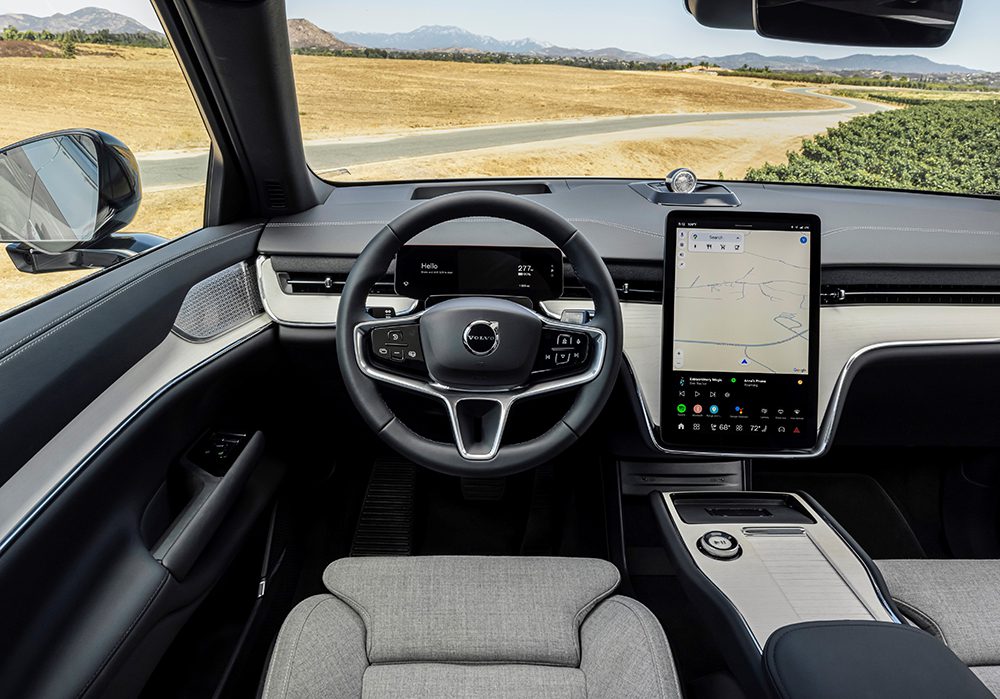
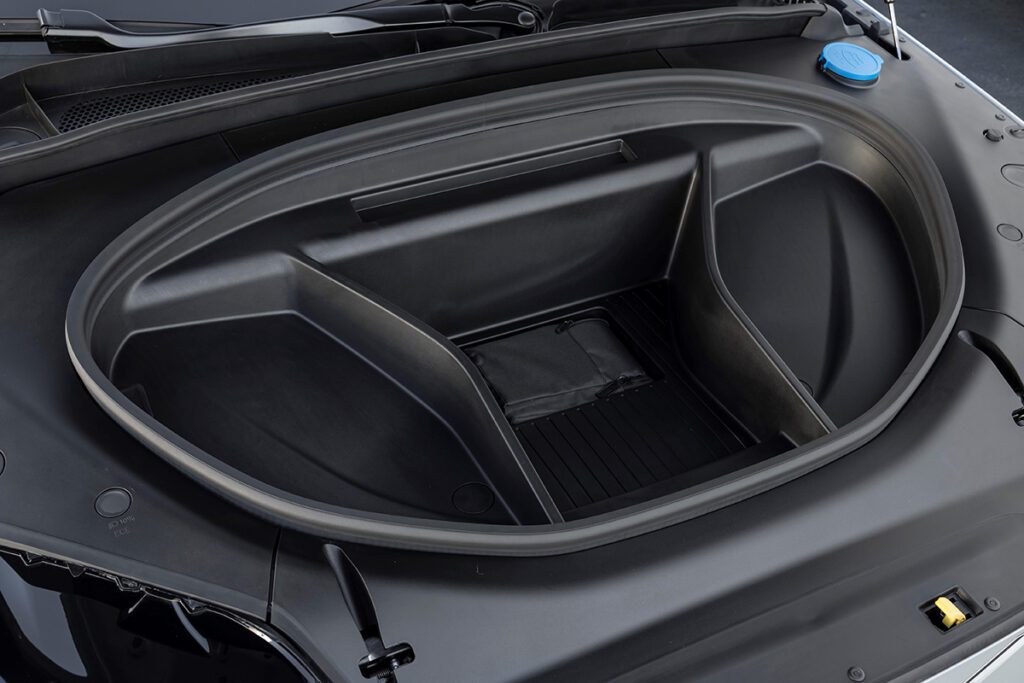
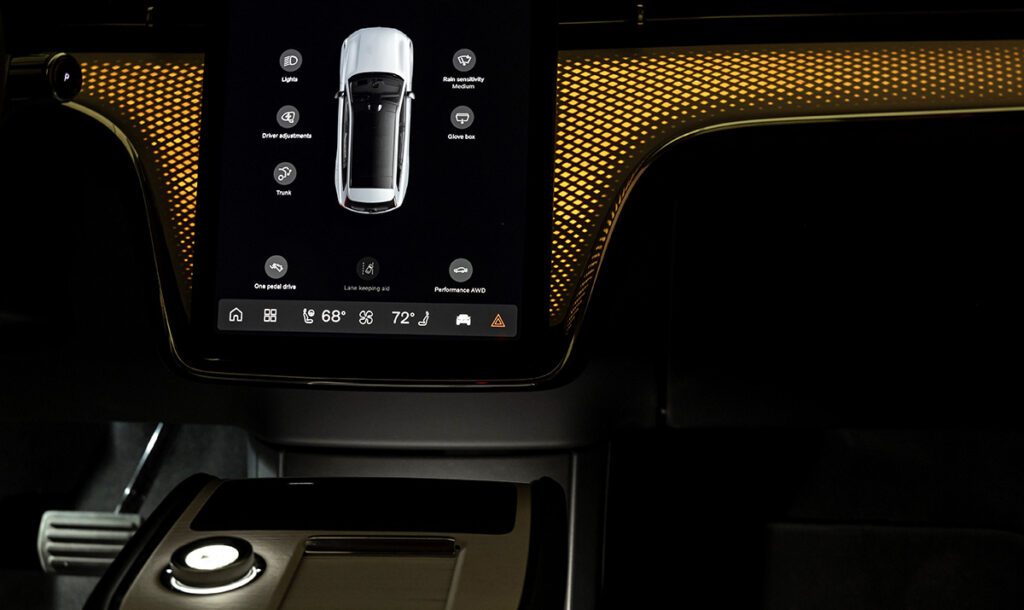
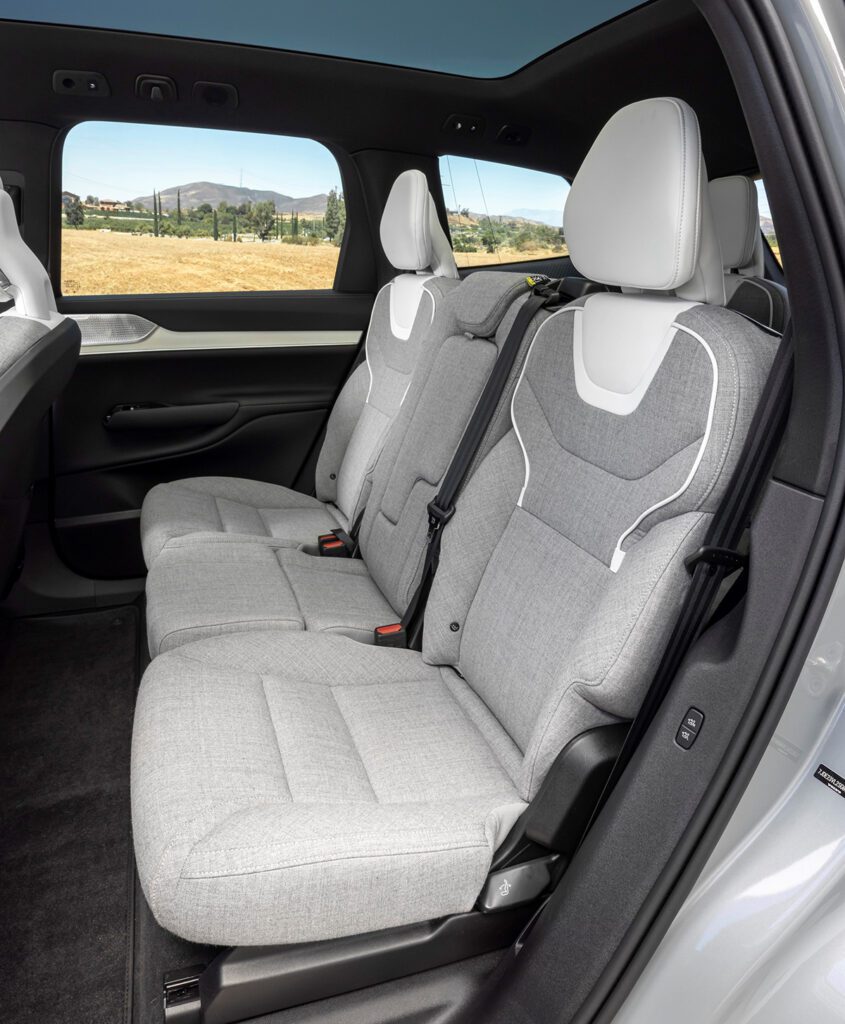
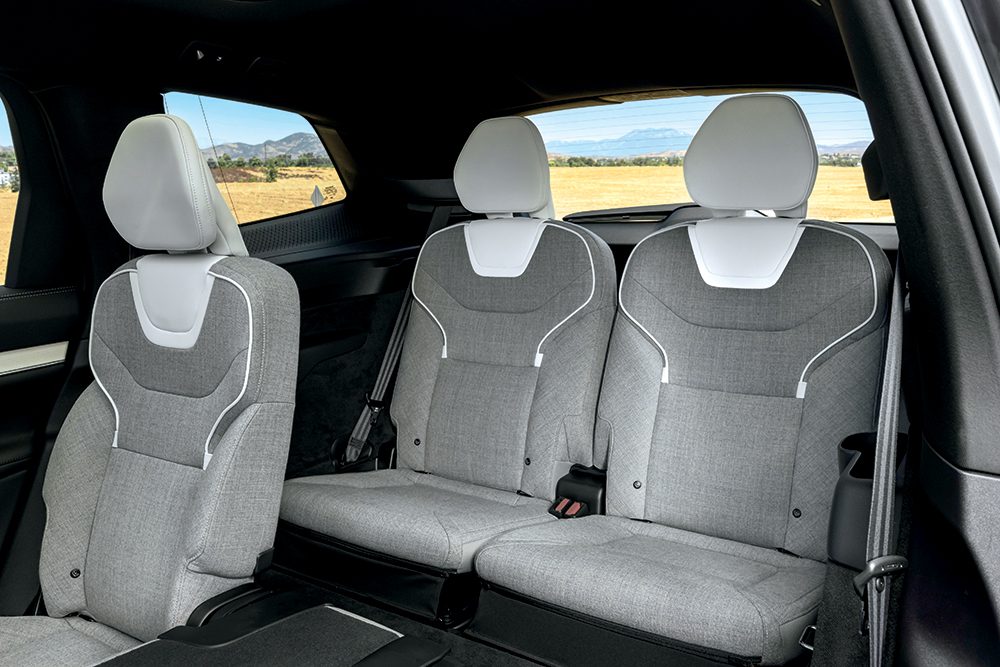
Photos by Volvo.
Superbly quiet, suitably brisk
A massive 111-kilowatt-hour nickel-manganese-cobalt battery pack, of which 107 kWh is usable, powers the EX90 Twin Motor. Both versions are EPA-rated at 300 or more miles combined. The standard powertrain is rated at 296 kilowatts (402 horsepower) and 568 lb-ft of torque, while the Performance model boosts that to 380 kW (510 hp) and 671 lb-ft, courtesy of its more powerful rear motor. In both versions, the vehicle moves away from a stop using both motors, but then defaults to cruising on only the front motor as soon as conditions permit.
A massive 111-kilowatt-hour nickel-manganese-cobalt battery pack, of which 107 kWh is usable, powers the EX90 Twin Motor.
At roughly 3 tons, the EX90 is faster than you might expect, with quiet, no-nonsense acceleration. But it’s the car’s overall hush inside that left the biggest impression. This thing is genuinely tomblike, which means the optional 25-speaker Bowers & Wilkins stereo can show off its Dolby Atmos sound in utter silence. The dual-chamber air springs and adaptive dampers together isolate occupants from all but the worst road-surface irregularities. Overall, this is one very refined big luxury SUV.
Within the Driving Dynamics menu, the Performance AWD icon boosts accelerator response and tightens the steering—after the user executes five separate actions on the center screen to get there. Drivers can also separately tune the steering feel and the air suspension to Soft or Firm, although even on the Firm setting, the big Volvo is hardly a sports car.
It’s the car’s overall hush inside that left the biggest impression. This thing is genuinely tomblike.
Regenerative braking is good, as in other electric Volvos, and one-pedal driving can be turned on, off, or set to Auto, which lets the car glide in certain circumstances to use minimal energy and works with the adaptive cruise control to recapture energy while slowing.
Can an EV be too digital?
Unless they also own a Tesla, XC90 owners looking to make the transition to an all-electric version of the big Volvo SUV will have some adapting to do. A common query among reporters testing the car was whether the company has gone too digital in putting vehicle control functions into software, versus physical knobs and buttons.
A few examples: Volvo expects EX90 owners to unlock and activate the car using the digital-key function on their Android or Apple phones, though it provides an NFC card as a backup. A fob? Oh, yes, you will get one of those too—though Volvo seems not to think many owners will want one, mentioning only the digital key and NFC solutions at the press launch.
Need something from the glove box? You’ll need to learn where the touchscreen icon to open it sits. All climate control is done via the center screen.
Need something from the glove box? You’ll need to learn where the touchscreen icon to open it sits. All climate control is done via the center screen, though at least occupants can aim the vents by hand. Adjusting the steering wheel and door mirrors is done by tapping on Driver Adjustments in the Quick Controls menu, after you’ve tapped the car icon on the screen, then using buttons on the steering-wheel center to move them around.
The driver’s armrest has only two electric-window switches. Just as in the Volkswagen ID.4, you have to toggle a Front/Rear switch to operate the rear windows from the front. It’s just as irritating in the Volvo as it is in the VW; asked why they’d done this, the team said the plastic saved by eliminating a fourth widow switch contributes to the car’s sustainability profile. In a luxury SUV of 5,500 to 6,000 pounds, that seems…a stretch.
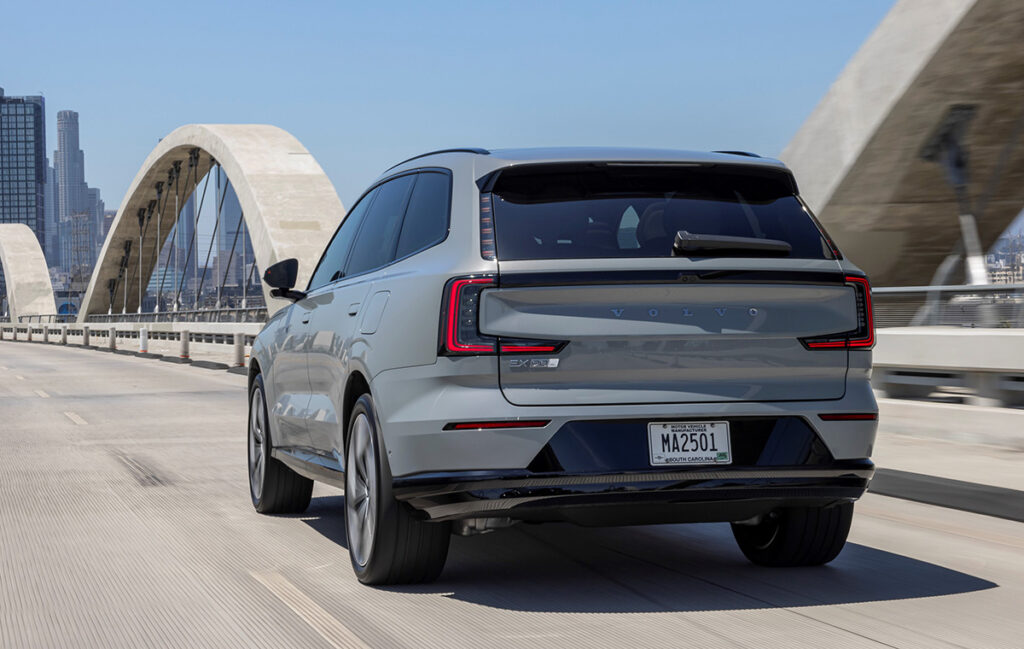
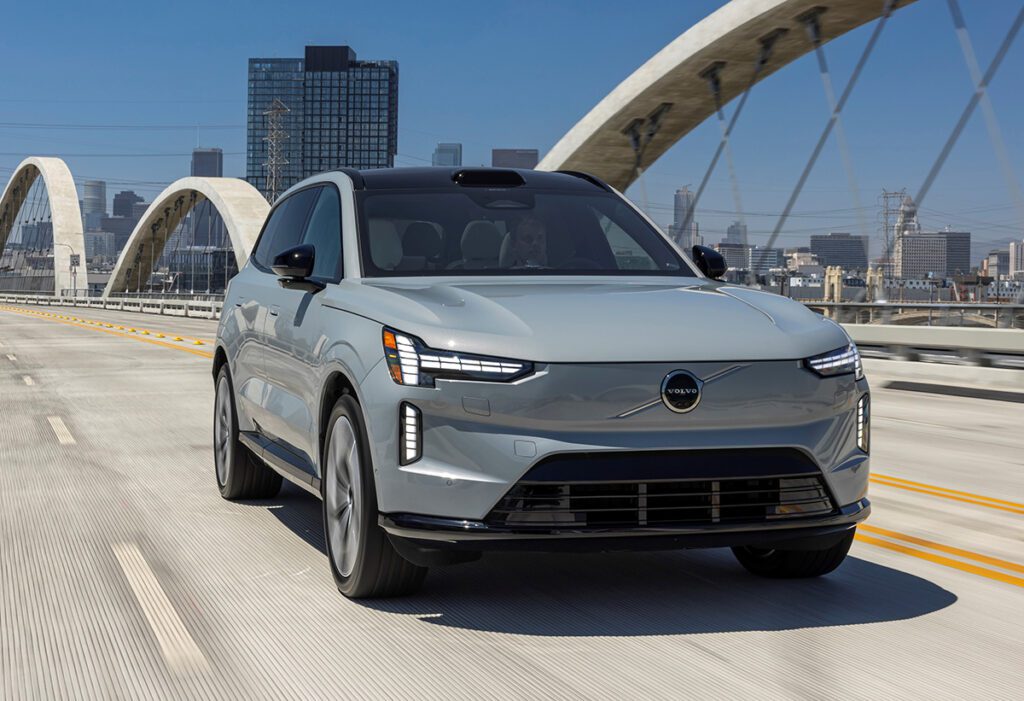
Photos by Volvo.
Promise of a quiet, refined electric SUV
While one of the media test cars (not ours) locked up solid due to a software glitch, Volvo stressed in late summer that it was still refining the software before it released any cars to buyers. So we’ll wait until we get an EX90 for a longer test before weighing in on the solidity and usability of its production software. The old advice may hold, though: “You should never buy a product for the promise of what it will one day be.” Owners’ forums and word of mouth should offer at least some guidance as to whether Volvo has squashed the software bugs that are all too common in new vehicles, on new platforms, built in new factories.
Sooner or later, Volvo will have any remaining software problems licked. That will give the brand a quiet, luxurious, long-range electric SUV to top its range and serve as a halo vehicle for its EV aspirations. The high-end EX90s now at Volvo dealers start around $90,000, but there will be less pricey models coming in due course as well.
Volvo provided airfare, lodging, and meals to enable Charged to bring you this first-person drive report.
This article first appeared in Issue 70: October-December 2024 – Subscribe now.

